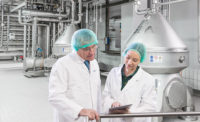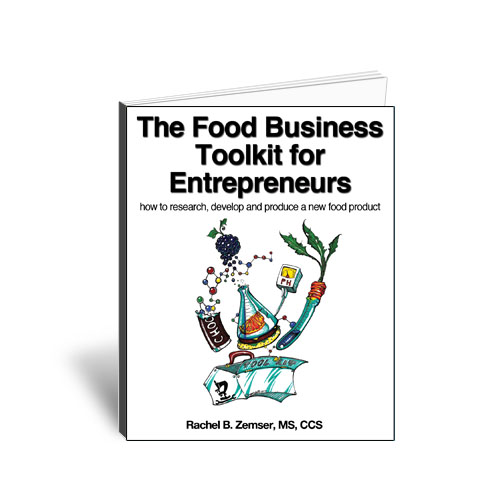It was announced last week that Soft Robotics was divesting its gripper business assets to focus exclusively on its 3D vision and artificial intelligence solutions, and in doing so becoming a new company, Oxipital AI.
Here’s a company that’s been in business for about a decade parting ways with a tried-and-true hardware business that will continue to be a need in manufacturing, in favor of a relatively new technology that a fair number of food and beverage companies have yet to fully embrace. As someone who’s always told his kids to choose a career that people will always need (ie, stay the hell away from media), this was a decision that fascinated me. So when I was given the opportunity to speak with Oxipital AI CEO Mark Chiappetta about the decision, I jumped at it.
For a bit of background, Soft Robotics was founded in 2012 by Dr. George M. Whitesides of Harvard University, with the vision of leveraging soft materials and microfluidics to change the way robots were fabricated, thereby opening new markets for their utilization. This led to the company providing end-of-arm robotic solutions for a multitude of industries, including food and beverage. And it was there, in those early days, that the seeds for the business that would be Oxipital AI were planted. Chiappetta says that the products from Soft Robotics were welcomed by machine makers and clients alike because they served as an important alternative to a human hand.
“But there are no robotic alternatives for humans if you can't also do the perceptual and the cognitive things that people do,” he adds. “So in 2016, we started developing a 3D vision and AI tech stack on top of our self gripping.”
“Along the way, we learned—and I think a lot of food companies learned as well—that true alternatives for human labor require these robotic systems to not only do picking and packing and other manipulation tasks, but they have to do inspection, quality control, sortation and tasks,” Chiappetta says. “And it was actually a big surprise to us.”
Humans, regardless of their role in a manufacturing process, have a wealth of accrued experiences during their lifetime beyond the training they’ve received for their task. We draw on this knowledge to recognize if something doesn’t seem quite right that may be occurring upstream. We may not have seen an exact situation before, but we can apply past experiences to fill in gaps. It’s more commonly referred to as intuition. Machines, however, aren’t capable of that. They only know what they’re programmed to know, and they’re ability to adapt to is limited. If they make a mistake once, they’ll continue to make the same mistake unless they’re given new input or conditions change—my robot vacuum getting stuck under a chair over and over is proof of that.
Oxipital AI’s end-to-end visual AI solutions optimized for high-speed product inspection and robotic picking, though, are designed to have more of the “intuition” that a human would have.
“Customers don’t need to take a whole bunch images of their products in their process with all different kinds of lighting like with conventional machine learning and AI,” says Chiappetta. “They don’t have to do anything like that because we have this really impressive technology which uses synthetic data generation and synthetic training of neural networks.
“By the time our system ships and it comes out of the box, that deep understanding of a customer's product is already in it,” he adds. “It's already embedded in it, and all the customers have to do is use our no-code graphical tools to set up their rules of what's a good product, what's a bad product. What product should move forward in the process? What should be rejected from the process? What should be manipulated by a robot, what should be allowed to continue on down line downstream? That's the key differentiator between us and everybody else.”










